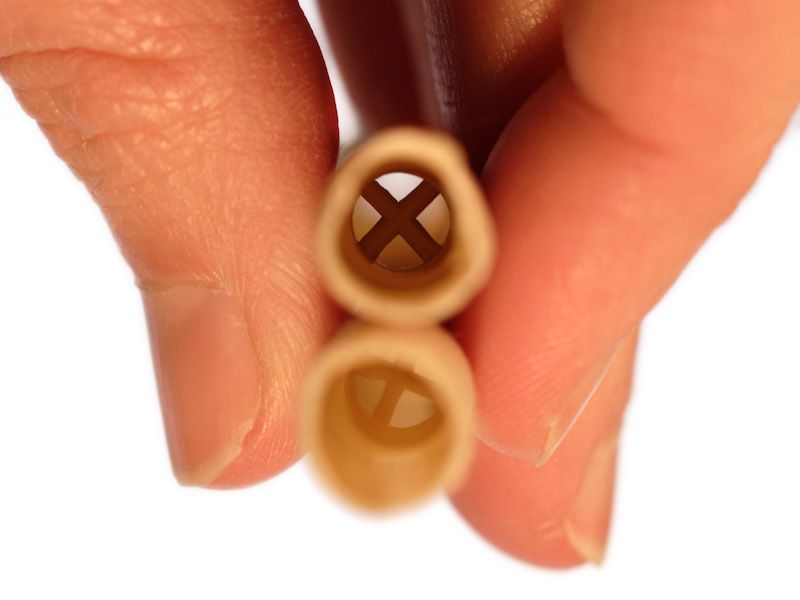
There’s a lingering belief in some circles that a practice called “ear candling” is an effective way to decrease your earwax. What is ear candling, and does it work?
Earwax Candles, do They Work?
Spoiler alert: No. They absolutely don’t work.
Why then do normally logical people routinely believe in this pseudo-science. It’s hard to say with much accuracy. But even though the sensible choice is quite clear, understanding more about the dangers of earwax candling will help us make an educated choice.
What is Earwax Candling?
So the basic setup goes like this: Maybe you aren’t sure how to eliminate all your accumulated earwax. You know you’re not supposed to use cotton swabs (which is good, cotton swabs are not an ideal way to clean out your ears, generally speaking). So, after doing some research, you find a technique called earwax candling.
Here’s how earwax candling supposedly works: You generate a pressure differential by inserting the candle into your ear, wick side out. The wax inside of your ear, then, is pulled outward, towards the freedom of the open world. In theory, the pressure difference is enough to break up any wax that may be clogging up your ear. But this dangerous practice is not a good means of cleaning your ears.
Why Isn’t Ear Candling Effective
This practice has a few issues, like the fact that the physics simply don’t work. There’s simply no way for a candle to produce that type of pressure differential (and in order to move earwax around, that pressure difference would need to be quite substantial indeed). Also, a candle doesn’t possess the kind of seal required to hold pressure.
Now, there are supposed to be special candles used in this “treatment”. When you’re finished with your fifteen minutes of ear candling, you can break up the candle and, in the hollow, see all bacteria, debris, and wax that was in your ear. But the problem is you can find this same detritus in new unburned candles as well. So the entire practice amounts to fraud.
Scientific analysis has been unable to prove any benefit involving earwax candling.
So we Know Ear Candling Doesn’t Work But Dangerous is it?
So, you might as well give it a try, right? Well, you’re asking for trouble anytime you get a hot candle around your ears. You may be ok if you try earwax candling. Plenty of people do. But that doesn’t mean there aren’t risks involved, and it certainly doesn’t mean that ear candling is safe.
The negative impacts of ear candling can include:
- Once the wax cools it can block your ear canal. You could end up temporarily losing your hearing or even requiring surgery in severe cases.
- You could cause serious harm when you play around with an open flame and potentially even put your life in danger. You wouldn’t want to burn down your house, would you? It’s not worth the risk to try this useless technique of wax elimination.
- Your ear can be badly burned. Severe hearing issues and burns can be the outcome of getting hot wax inside of your ear. This could permanently compromise your hearing in the most serious cases.
You Don’t Require a Candle to Clean Your Ears
In the majority of situations you will never even have to be concerned about cleaning earwax out. That’s because the human ear is essentially a self cleaning system. But you might be one of those people who have an uncommonly heavy earwax production.
If it turns out that you have too much earwax there are practices that have been proven to work safely. You could try a fluid wash, for example. Or you could see a professional who will be capable of using specialized tools to clean the excess wax or wax blockages out of the way.
Cotton swabs are definitely not the way to go. And open flames are not good either. Earwax candling isn’t effective, and it can create dangers that will put your comfort and your hearing in considerable jeopardy. So maybe it’s time to put away those special candles